
Russian President Vladimir Putin in the Siberian Federal District
Credit: Alexei Druzhinin /TASS
Even before the pandemic struck, Gorokhovets, a picturesque medieval church town some five hours’ drive from Moscow, was dying. As other businesses struggle, at least one sector is growing: the settlement recently saw the opening of its third funeral parlour.
“People either die or they leave,” said Yulia Balandina, the manager of one of the funeral homes.
Ms Balandina, pictured below, estimates that coronavirus has increased her workload by around 10 per cent. Other funerals she has arranged in recent months point to different, long-standing problems in Russia: a father, mother and daughter who died on the same day after drinking bootleg alcohol together, and depressingly regular suicides among young men.
Russia’s population fell by almost 600,000 over the last year to 146 million, according to official statistics, in its sharpest decline in the past 15 years. This month, Russia reported its first fall in life expectancy since 2003.
While the coronavirus pandemic is to blame for much of that fall, broader economic instability in Russia has also played a role, along with a generational echo of the disastrous drop in birth rates during the collapse of the Soviet Union.
How many people have been vaccinated in Russia?
Those figures pose a significant problem for President Vladimir Putin, who has said he is “haunted” by the prospect of a dying Russia and has made addressing an ongoing demographic crisis one of the priorities of his two decades in power.
From the mid-2000s the downward trend did reverse, on the back of an improving economic situation and government efforts to reduce alcohol consumption.
Authorities offered greater financial support for couples with several children and even revived a Soviet tradition of awarding medals to particularly prolific parents. The powerful, Kremlin-linked Orthodox Church also sought to promote an ideal of large families.
But now the picture is bleaker. The state statistics agency Rosstat has provided three possible scenarios for the next 15 years. The most optimistic of these, which has been rejected by independent experts as unrealistic, projects the population will grow to 150 million people by 2036.
The most pessimistic predicts a slump to 134 million, a fate that could await the country unless major changes are forthcoming. Mr Putin last year announced plans to offer parents extra state funding from their first child, which has previously only been offered to families with two children or more.
Alexei Raksha, an independent demographer and former Rosstat employee who was forced out last year after he criticised official reporting of coronavirus figures, said targeted grants alone would not be enough to address the decline.
“I don’t see any future if things continue as they are. We will not see any economic growth, we will not see any growth in real disposable income — and that is a key factor for fertility.
“I don’t see anything new that will even come close to returning first-children fertility to a Soviet level.”
Over the next ten years, he predicts Russia’s population will drop by as much as five million, as mortality outstrips the birth rate and migration fails to make up the shortfall.

Yulia Balandina, the 34-year-old manager of a funeral parlour in Gorokhovets
‘It’s depressed, it’s dying’
Dzerzhinsk, the closest major city to Gorokhovets, has, like many regional industrial centres, been steadily shrinking since the 1990s. Once the major producer of chemicals for the Soviet Union, factories have closed or downsized, and the population has dropped by some 50,000, to 230,000 people.
“It’s depressed, it’s dying,” said Svetlana, a 60-year-old former factory worker walking on the city’s main square, who declined to give her last name. She said the rot set in with Mikhail Gorbachev’s economic ‘perestroika’ reforms of the late 1980s, which loosened centralised control over many businesses lead to the collapse of the USSR, and the region has never recovered.
“If it weren’t for perestroika, there would be 300,000 people here now,” she said. “They need to bring back the industry. If there’s no industry, there’s no Dzerzhinsk.”

Svetalana Tselyunova, above, a 30-year-old social worker taking her young daughter to the park, moved to Dzerzhinsk from elsewhere in the region, which is one of the fastest-dying in Russia. In the village where she grew up the local school, workers’ club and cinema have all closed over the last decade.
A mother of one, Ms Tselyunova said she would like to have a larger family, but that this would not be possible “unless the circumstances change”. In Dzerzhinsk her income is just £200 a month, plus child benefits of around £50, and she struggles to balance work with childcare.
“I don’t see any future for Russia as a state in its current form,” said Mr Raksha, who added that he had resisted pressure to revise up his demographic predictions when he worked at the national statistics agency.
“We have been told continuously via TV that Russia is Putin and Putin is Russia. Does this state propaganda mean that Russia is heading towards inevitable decline as well? I hope not.”

Gorokhovets is a picturesque medieval church town about five hours drive from Moscow
In Gorokhovets, funeral home manager Yulia Balandina painted an equally downbeat picture. “Nothing changes here, I don’t see any chance for rebirth,” she said.
“You have to have a dark sort of humour to get through it.”


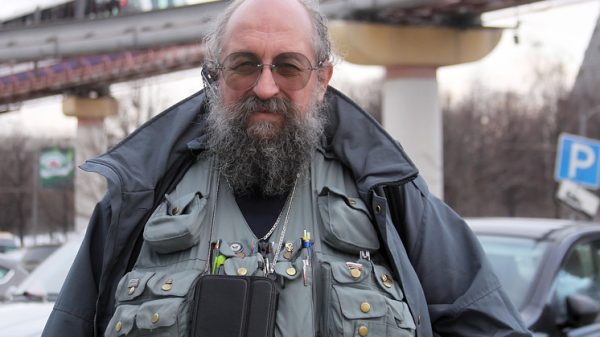





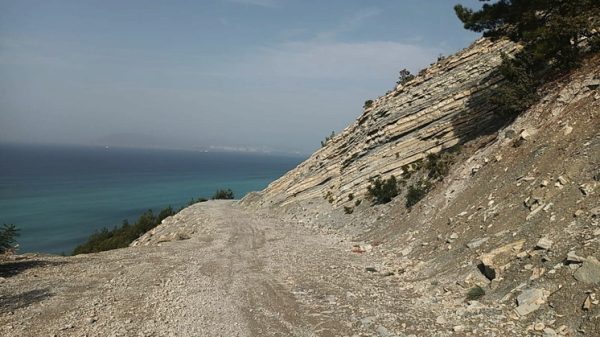
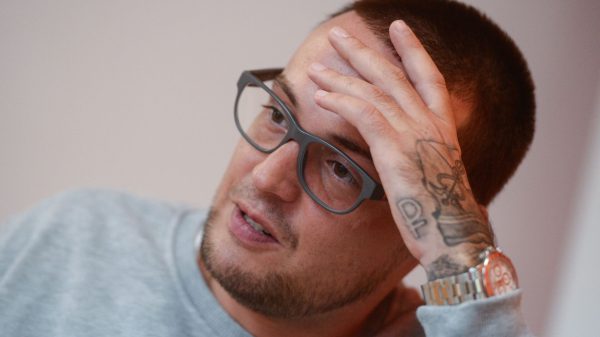

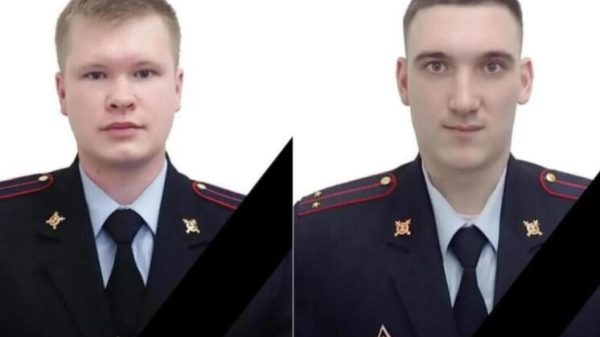

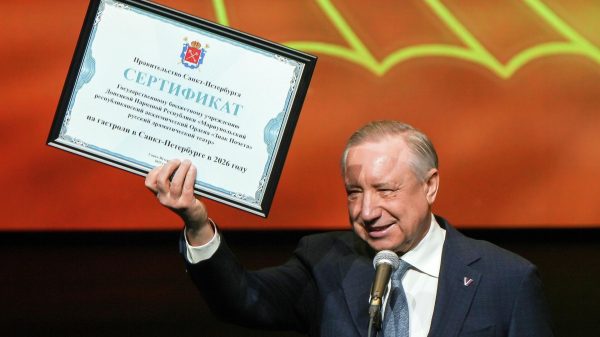





















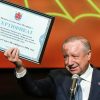
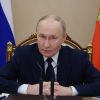
















Свежие комментарии